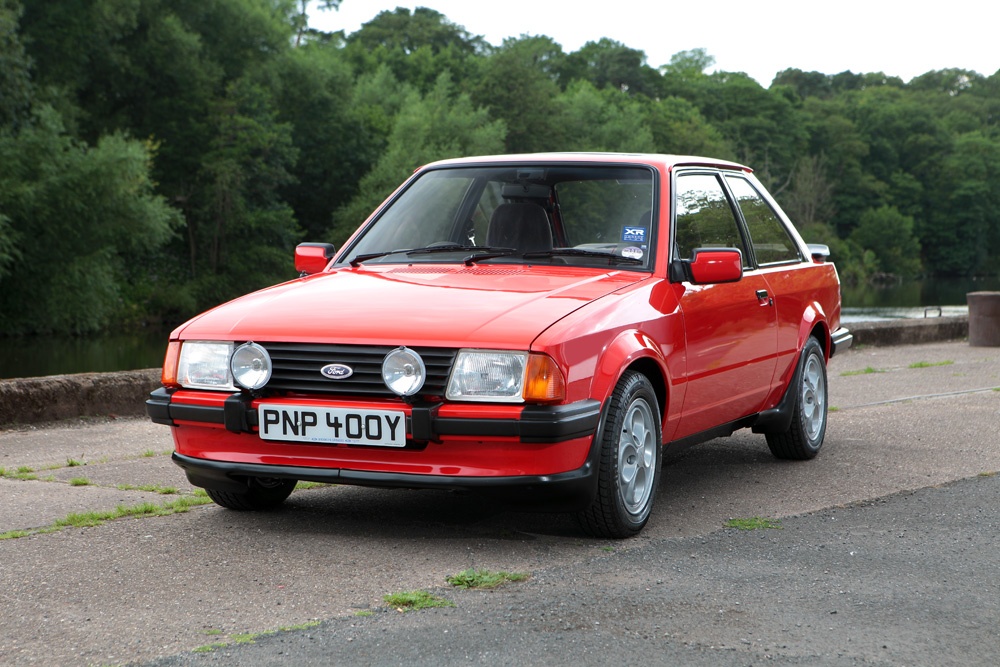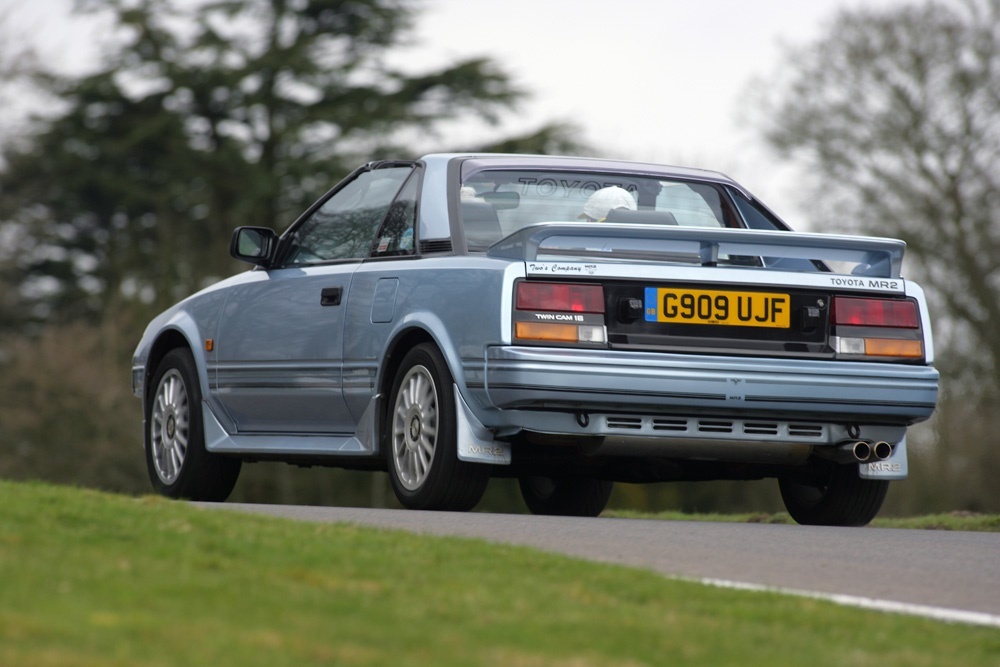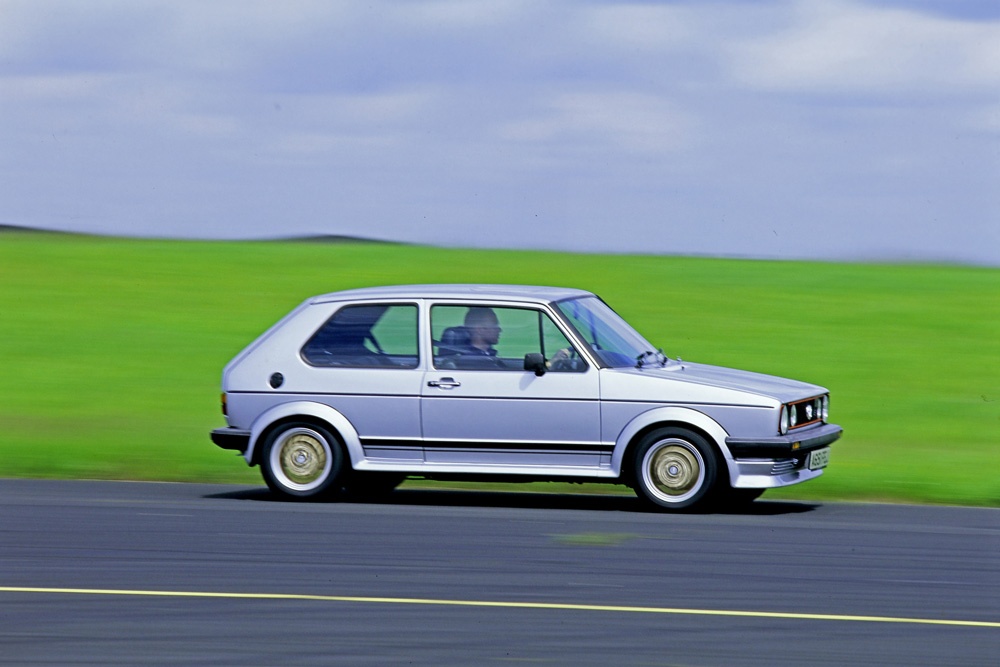Owning a classic car is like taking a trip down memory lane. Turn back the clock, relive your youth and wallow in motoring memories.
Nostalgia is a key driving force for owning a classic car.
It stirs the emotions whether childhood memories of holidays in the family car, a love of the style, feel and even smell of old cars or a desire to own a car you craved, but could not afford, when young.
So little surprise there is so much interest in cars from the 1980s and 90s.
They are the modern classics so many owners grew up with and prices are growing along with demand.
We are talking iconic hot hatches such as the Ford Fiesta XR2 and Escort XR3, Volkswagen’s Golf GTI which kicked off the fast family car craze, the Vauxhall Astra GTE and Peugeot 205 GTi.



Japanese sports cars, such as the Toyota MR2 and Celica, Mazda RX-7 and Nissan Skyline, also fire fans’ fantasies.
Porsche 911s and BMW E30s, the second-generation 3 Series, are also popular.
These are cars for enthusiasts, rather than speculators, who are spending spare cash on hobbies and passions rather than holidays during the Covid crisis.
Ian Robertson, owner and publisher of Classic.Retro.Modern. magazine, said the prices of 1970s cars had gone up considerably and 80s and 90s cars were also rising.
While prices of highly-prized, iconic hot hatches from the big brands are soaring you can still pick up more affordable cars from some of the less sought-after brands.
“Japanese cars have also gone up in value but not as much as hot hatches.”
These 80s and 90s cars also appeal to drivers as they can be reliable daily drivers when the weather is good.
“You can have one as a second car and a lot of people do,” he explained.
“They also make good project cars and you can upgrade them with features from later models.”
His advice is to start looking at cars from the early 2000s now because they too will become more popular and expensive as time passes.
They may not be 25-year-old classics yet but their day will come.
